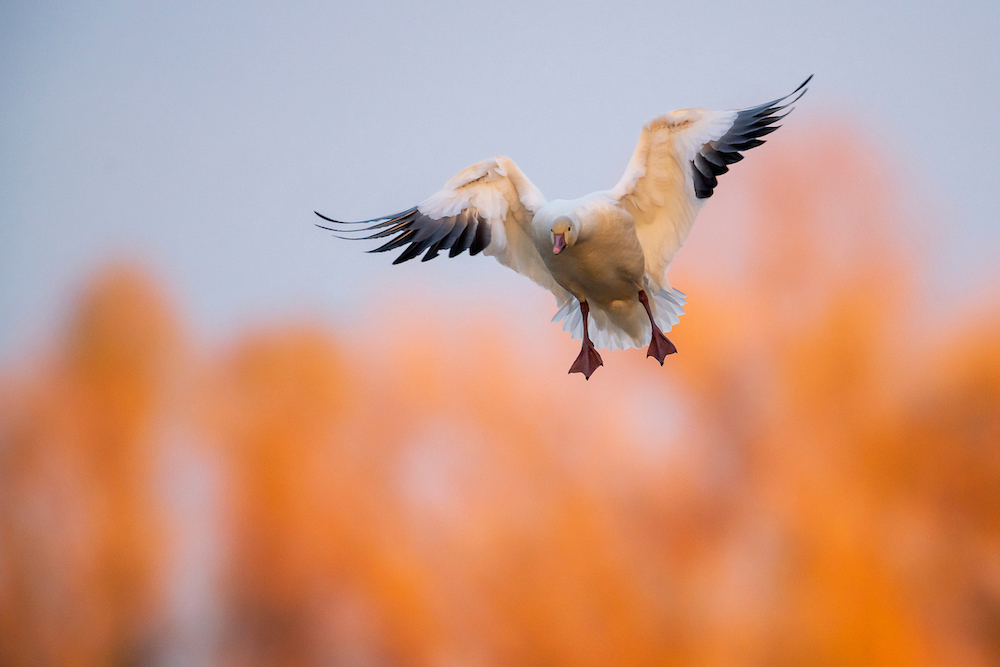Fall Flight of the Pacific Flyway
By Luke Matthews
The days are beginning to shorten, temperatures at night have started to cool, and rice harvest has started in the Sacramento Valley. These are all signs that we are moving rapidly towards fall and a change of seasons. With this change of season, comes the arrival of up to 10 million migratory waterfowl, shorebirds, raptors and more. These birds travel along the Pacific Flyway; which is one of four major migratory highways that birds utilize to move between their summer and winter home ranges. Unfortunately, birds in the Pacific Flyway are experiencing some tough conditions this year.

The widespread drought that is currently plaguing the Western US may have significant impacts on birds in the Pacific Flyway. Summer conditions in many of the breeding areas have not been ideal and may of the key migration resting areas are also threaten by a lack of water. As these birds begin to migrate south, their typical resting areas along the Flyway may only have limited habitat. Birds that come to the Sacramento Valley typically rest and refuel in areas such as Klamath basin or the vast wetland complexes of the Great Salt Lake. Unfortunately, both of those areas are experiencing historic drought levels, which significantly reduces available habitat.
Despite the dry conditions, it is not all bad! Thankfully, in California many of the state and federal wetland complexes will be able to flood their units, private wetlands are trying to flood what they can and rice acres will still be able to provide some surrogate wetland habitat. All of this will be happening on a much smaller scale then a ‘normal’ year, but there will also be some additional acres provided by incentive programs to help create more habitat.

The full force of the fall migration has not started in the Sacramento Valley, but despite the drought conditions, we still expect to see large numbers of birds arriving soon. In fact, in some areas migratory birds are being reported. If you want to catch a glimpse of the first groups of Sandhill Cranes, Northern Pintail, or Greater White-fronted Geese you will need to get out to a refuge soon. It won’t be long before every flooded wetland and rice field will be loaded with thousands of ducks, geese, and shorebirds!
Luke Matthews is the Wildlife Programs Manager for the California Rice Commission






